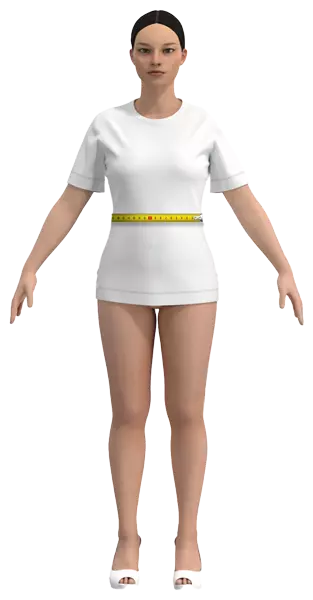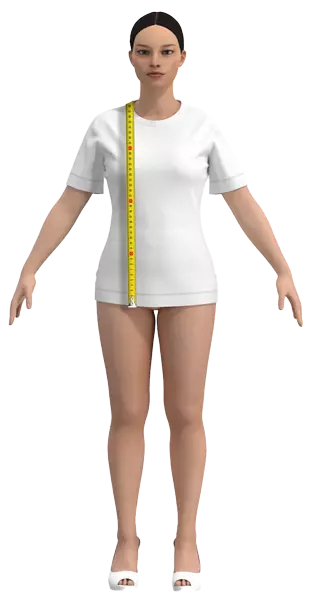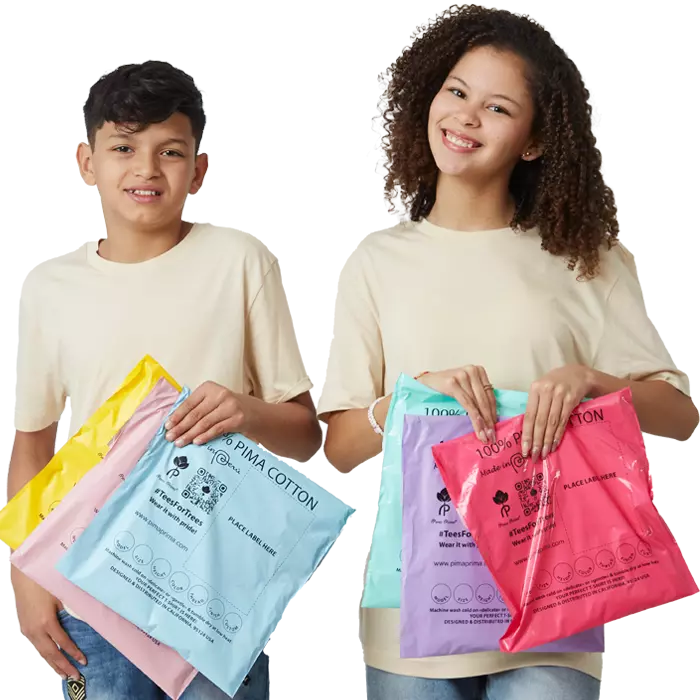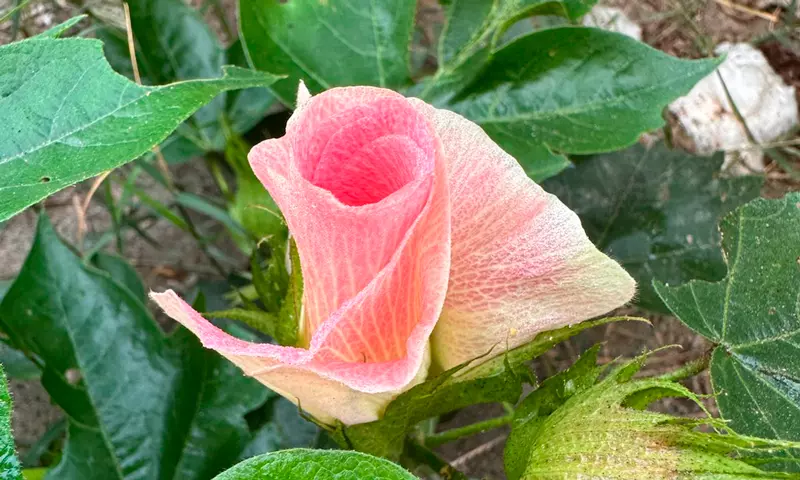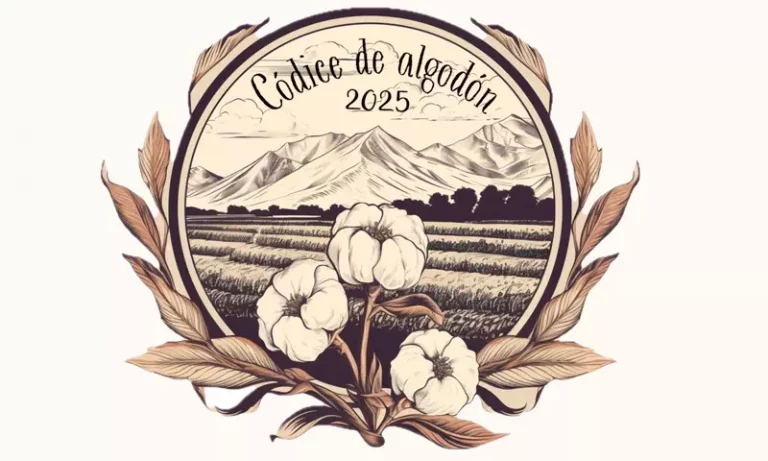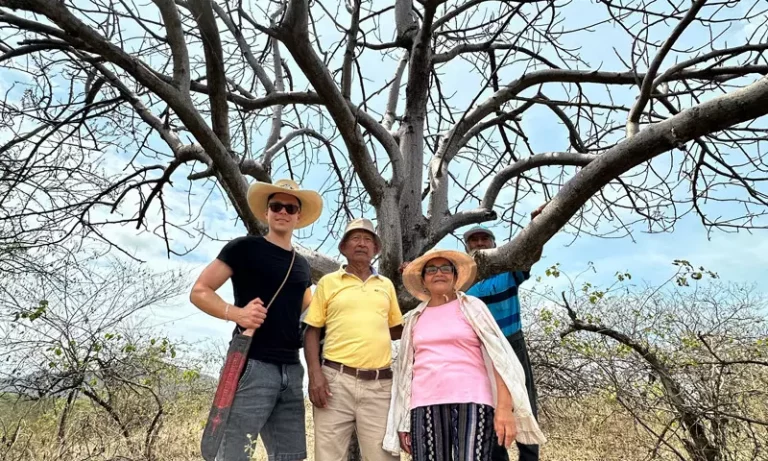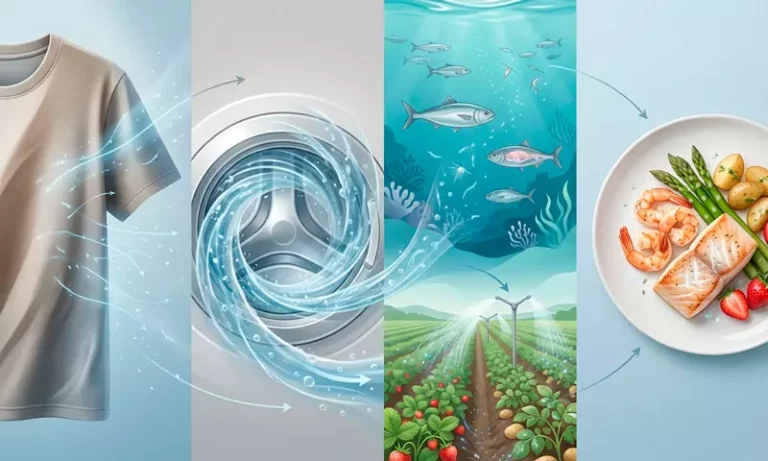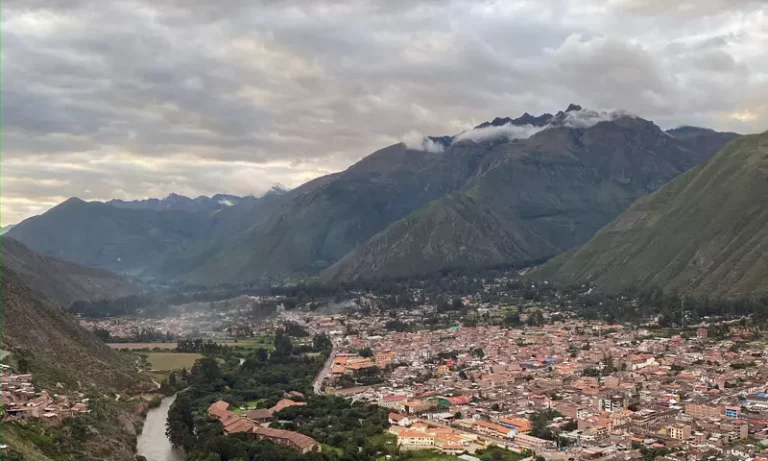From Ancient Cultures to Modern Sustainability
Part of the Códice de Algodón by Pima Prima
Before the cotton fields of Egypt or India became world-renowned, the Andean coast of Peru was already home to one of the earliest cotton civilizations in human history. For over 5,000 years, Peruvian cotton—especially the silky-soft Gossypium barbadense—has shaped societies, rituals, and economies in profound ways. Códice de Algodón, a cultural revival project by Pima Prima, dives deep into this legacy to uncover how a humble fiber became a sacred thread connecting Peru’s past, present, and future.
Sacred Threads: The Origins of Cotton in Ancient Peru
Archaeologists have uncovered ancient cotton fabrics in dry coastal tombs dating back to 3000 BCE, making Peru one of the cradles of textile civilization. Unlike other crops, cotton was revered—it was spun into offerings, woven into ceremonial garments, and even embedded in cosmological beliefs.
The Moche (100–800 AD) transformed cotton into storytelling tools. Their textiles and ceramics often depicted scenes of everyday life, myths, and warfare—visual archives of their time. Meanwhile, the Nazca (200 BC – 600 AD) dyed cotton with natural pigments to weave vibrant, symbolic tapestries that survived centuries in the arid desert.
Even today, scientists study these ancient fibers to uncover secrets of pre-Columbian agriculture and cultural development. For instance, some of the oldest dyed cotton ever found, dating back 6,000 years, was discovered in Huaca Prieta, Peru—proof that natural dyeing in the Andes predates the Egyptian pyramids.
The Inca Empire: Cotton as Power and Symbol
Under the Inca Empire (1438–1533 AD), cotton production became a strategic state activity. The Incas mastered crop zoning, using coastal valleys to grow vast amounts of cotton while organizing massive weaving guilds known as Acllas. These expert weavers crafted cumbi, the finest cloth reserved for nobility and the gods—so valuable it was considered a currency of its own.
Quipus, the Inca’s iconic knotted-string record-keeping systems, were often spun from dyed cotton. These cords didn’t just log data—they carried stories, songs, and perhaps even poetry, encoded in knots.
To wear cotton was to carry status. To weave it was to engage in a sacred act. The Incas understood cotton as both a gift of the Earth and a medium of expression—ideas we are only beginning to rediscover.
A Fiber Reborn: Modern Sustainability Rooted in the Past
Peru is one of the few places where ancient cotton-growing traditions are still alive—thanks to Pima and Tanguis cotton. These varieties, native to Peru, are among the world’s softest and strongest, prized by luxury designers globally.
In today’s slow fashion movement, Peruvian cotton is having a renaissance. It’s hypoallergenic, biodegradable, and grown with respect for ancestral rhythms. Through initiatives like Códice de Algodón, we’re reconnecting with old-world craftsmanship—natural dyes, hand-spinning, and backstrap looms—to create fashion that’s not only ethical, but meaningful.
Pima Prima is proud to be part of this revival, creating garments that carry the story of ancient Peru in every thread.
Museums & Memory: Preserving Cotton’s Cultural Code
To truly understand the cultural depth of Peruvian cotton, we turn to the guardians of its history:
- Museo Nacional de Arqueología, Antropología e Historia del Perú (Lima)
Home to ancient cotton textiles and looms, revealing daily and ceremonial life in the Andes.
- Museo Larco (Lima)
Known for Moche-era artifacts, including textile fragments dyed with plant and insect-based pigments.
- Museo de Arte de Lima (MALI)
Features pre-Columbian and colonial textiles that highlight the continuity of Peruvian weaving across centuries.
- Museo Inka (Cusco)
Houses Inca agricultural tools and cotton textiles, connecting cosmology and economy.
Books That Inspired the Journey
- Textiles of the Andes – Rosemary Joyce
- The Art of the Andes: From Chavín to Inca – Rebecca Stone-Miller
- Andean Textiles: The Art of the Loom and the Dyes – Lila A. O’Rourke
- The Incas and Their Ancestors – Michael A. Malpass
- Moche Art and Archaeology in Ancient Peru – Steve Bourget
Cotton as Cultural Code
Cotton in Peru is not just a crop. It is a language—one spoken in color, weave, and form. It’s a story of identity, resistance, art and ecology. And it still lives today.
Through Códice de Algodón, Pima Prima is committed to sharing these stories with the world—one thread at a time. Our vision is simple: wear your heritage, honor the Earth, and revive what was never lost—just waiting to be remembered.

